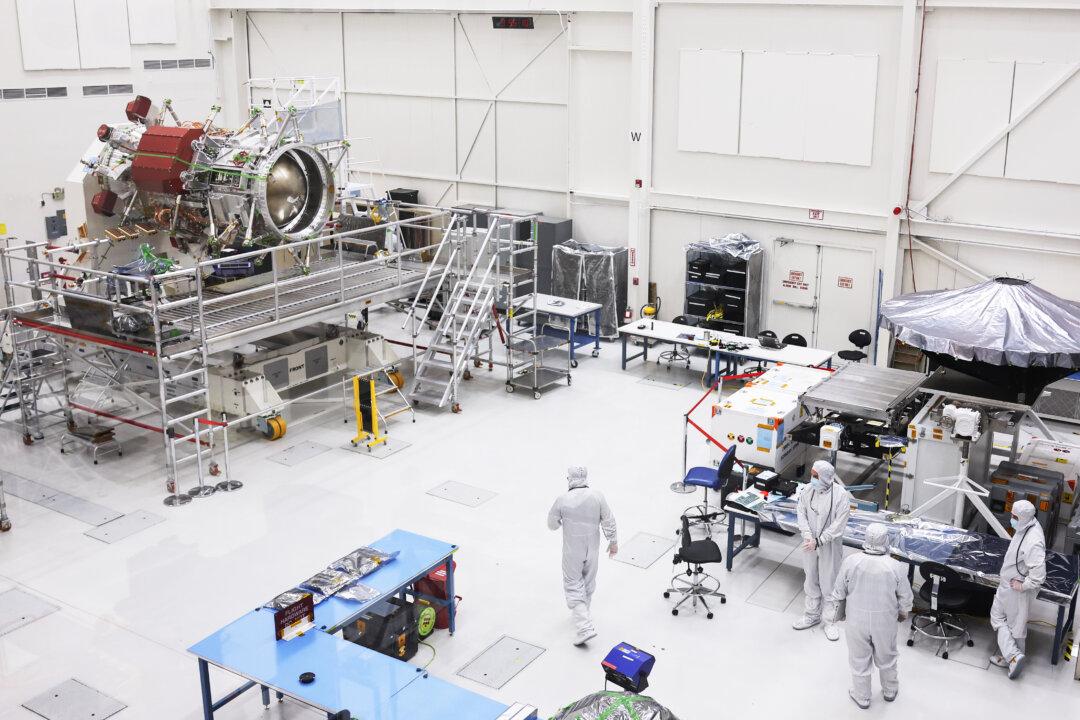The Jet Propulsion Laboratory (JPL) said it is laying off over 500 employees, citing lower funding from NASA and a lack of appropriation from Congress for the new fiscal year.
In a Feb. 6 memo to employees, JPL Director Laurie Leshin said the workforce reduction will affect 530 staff, or 8 percent of its workforce, and 40 contractors. The cuts will impact technical and support areas.





